5. Doug Henning
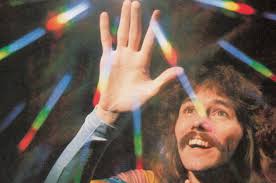
According to a recent biography, the Canadian magician led a “wonder-filled life”. He was certainly influential and successful, winning the Georgie Award in 1977. His tricks include disappearing an elephant, turning himself into a shark and combining a black horse and a white horse to make a zebra. He also took on the legend of Houdini by performing the water torture illusion for the first time since Houdini himself. He retired in the mid 80s and became very involved in Transcendental Meditation. Friends believe this led to his eventual death, as he refused all treatment for liver cancer and relied on a diet of nuts and berries, as prescribed by his Yogi. A sad loss to the magic world.
4. Jean Robert-Houdin
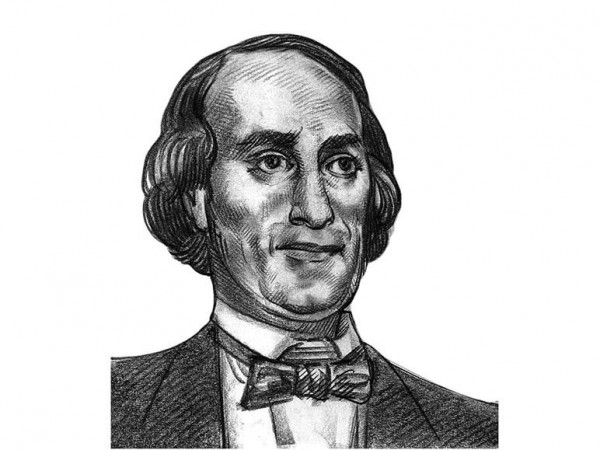
A forerunner to so many of the magicians on the list, Jean Robert-Houdin performed in theatres in the 1840s and 50s and was one of the first magicians to do so. Before Houdin, they were limited to street corners and marketplaces but Houdin turned magic into an artform. He was the first person to use electromagnetism in a trick, specifically the “Light and Heavy Chest” trick, where audience members were asked to lift a small wooden box, which he said contained his savings. Then he commanded the box to stick to the table and it did. His audiences – who didn’t yet understand electromagnets – were astounded. As news of electromagnets spread, he changed the act in order to keep them intrigued. A master showman and brilliant when it came to turning science into magic.
3. David Copperfield
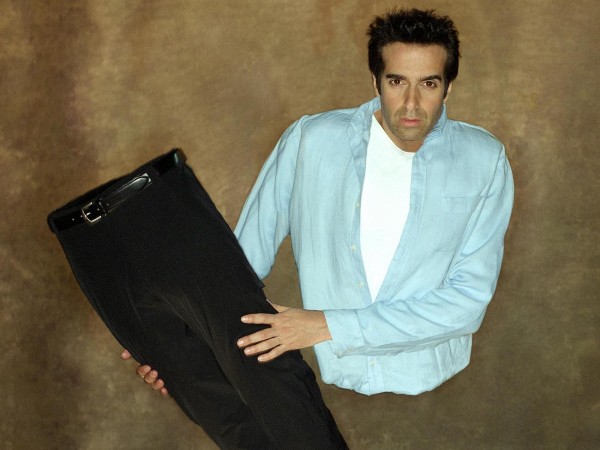
One of the most famous magicians in the world, David Copperfield is incredibly commercially successful, grossing over $3bn so far. His trademark style is theatrical, romantic and incredibly corny, but his illusions are impressive. He has 21 Emmys, 11 Guinness World Record and the title of “Magician of the Century” from the Society of American Magicians – not a bad record for someone who once performed as “Davino the Boy Magician”.
His most famous illusions include his flying trick, which appeared on a TV special but has often been repeated on live shows. Part of the trick involved him passing through hoops to prove he’s not on a wire, but he is actually suspended by a complex system of very fine wires, as explained by John Gaughan. He might not be the coolest, but there’s no denying that David Copperfield knows how to impress his audience.
2. Penn and Teller
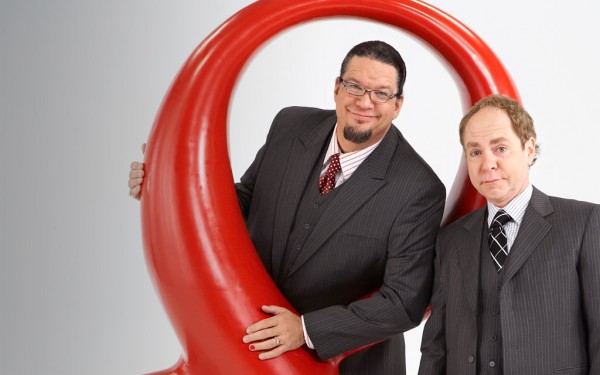
An eccentric pairing of outspoken Penn and silent Teller, this duo have wowed audiences since 1975. Teller often seems to be the victim of the tricks – being dangled over a fire, having a nail gun fired at his crotch – but accepts it all with quiet resignation. The pair says they aren’t close friends off-stage, which may be a sensible precaution against work-life boundaries blurring. Or it could be because Penn keeps trying to set fire to Teller. It’s hard to say.
Their act is shocking, fast-paced and unpredictable and they have their own twists on the classics. One example is the bullet-catch trick, where they fire guns at each other and catch the bullets in their mouths. They are keen to perform responsibly and at the end of their nail gun trick, Penn often tells the audience that it’s just a trick and they don’t believe in doing dangerous things on stage. Despite that, watching a Penn and Teller show always feels edgy. A quirky and modern act for a modern audience.
1. Harry Houdini
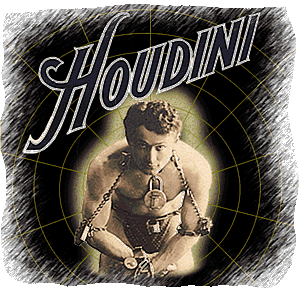
Despite calling himself an escapologist rather than a magician, Houdini is known as the greatest magician ever. And with good reason. His water torture illusion was imitated – by Doug Henning – but never bettered and his “Vanishing Elephant” was the biggest illusion ever performed. It’s not surprising he’s known as the Great Houdini – his influence can be seen in so many magicians to have followed him. As well as magic, he also made movies that he both wrote and starred in. On top of that, he was an early aviation enthusiast and was the first person to ever fly a plane over Australian soil. A fittingly full record for the man revered by every escapologist and magician since.